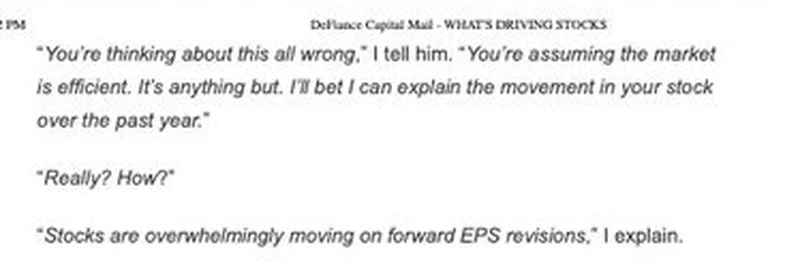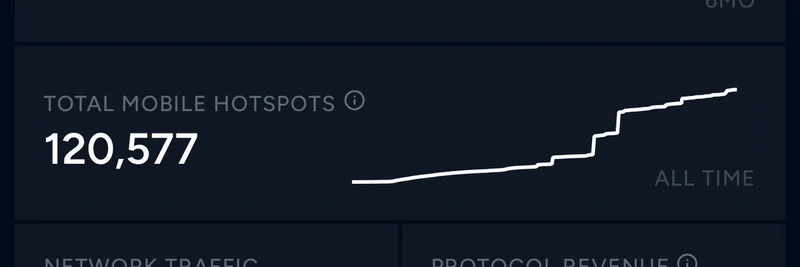Hey there, meme coin enthusiasts and blockchain pros! If you’ve been keeping an eye on the financial markets lately, you might have noticed something intriguing. A recent tweet from Kyle (@0xkyle__) on July 1, 2025, at 05:24 JST, has sparked some deep thoughts about how markets are evolving. The big question? Are we moving away from traditional fundamentals and toward a world driven by cash flows and retail investor hype? Let’s break it down in a way that’s easy to digest, even if you’re new to this space.
The Chat That Started It All
Kyle’s tweet kicks off with a relatable story. He was chatting with a friend who was frustrated about their stock getting hammered despite a solid long-term outlook. The friend dove into a five-minute rant about how the industry is set to explode, explaining fundamentals in a way that left Kyle impressed. But here’s the twist: the short interest (the number of shares being shorted) was actually increasing. Why would smart money bet against a stock with such promising prospects? It doesn’t add up at first glance.
This led Kyle to a lightbulb moment: markets might not be as efficient as we think. The traditional idea is that stock prices reflect a company’s true value based on earnings, growth, and other fundamentals. But what if that’s changing?
From Fundamentals to Flows
In the tweet, Kyle suggests that markets are becoming “increasingly less fundamentals based and more flows based.” What does that mean? Think of it like this: instead of investors carefully analyzing a company’s earnings per share (EPS) or revenue, they’re reacting to the movement of money itself. Big institutional investors might be shorting a stock not because they think it’s doomed, but because they see it as part of a broader portfolio strategy. They pull up the stock’s forward EPS estimates, check how it correlates with price action, and make their move—regardless of the stock’s individual story.
This shift is tied to something called market accessibility. As more people—especially retail investors—get into trading through apps and platforms, the market is flooded with “unsophisticated gamblers,” as Kyle puts it. This democratization is great for inclusion, but it can lead to wild price swings based on sentiment rather than solid data.
Why It Matters for Meme Tokens and Blockchain
If you’re into meme tokens or blockchain projects, this trend might sound familiar. Think of how Dogecoin or Shiba Inu surged based on social media buzz rather than intrinsic value. The same flow-driven dynamics could be creeping into traditional markets. For blockchain practitioners, this is a heads-up: understanding these shifts can help you spot opportunities or avoid pitfalls. Are we seeing traditional finance (TradFi) turn into a crypto-like free-for-all? Some, like @TheReviken in the thread, think so, tweeting, “Crypto doesn’t turn into tradfi, tradfi turns into crypto.”
The Bigger Picture
Kyle’s thread ties back to an earlier post from June 28, 2025, where he hypothesized that technology might be making markets less efficient over time. With more data and access, you’d expect better decisions, right? But the opposite seems to be happening. The influx of retail traders—armed with smartphones and bold predictions—might be drowning out the “sophisticated investors” who rely on deep analysis.
So, what’s the takeaway? Markets might be entering a phase where short-term cash flows and hype outweigh long-term fundamentals. For those of us in the meme token world, this could mean more volatility but also more chances to ride the wave—if you play it smart.
Stay Ahead with Meme Insider
Want to keep up with these market shifts and how they impact meme tokens? Check out our knowledge base for the latest updates and insights. Whether you’re a seasoned blockchain pro or just dipping your toes in, we’ve got you covered with tools to navigate this wild financial landscape. Drop your thoughts in the comments—do you think markets are getting crazier, or is this just a new normal?



